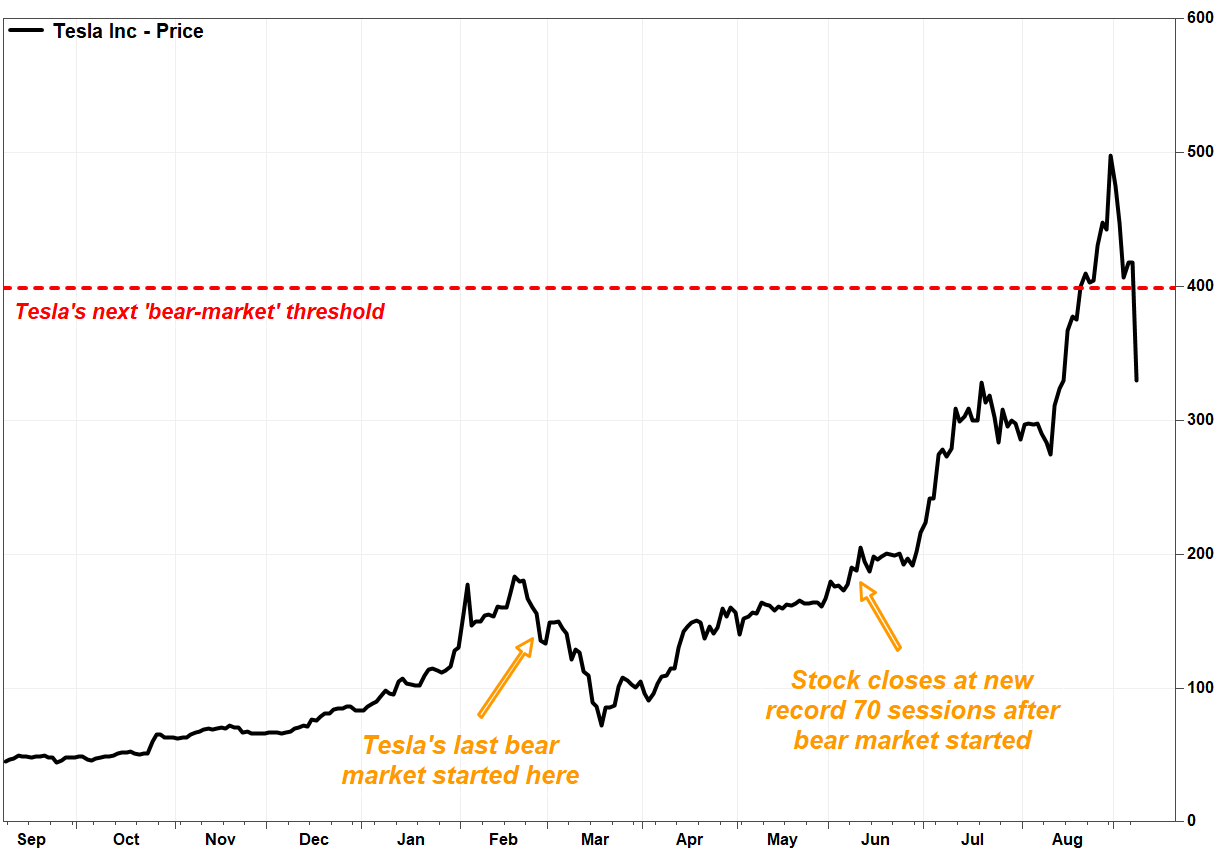GPU Price Fluctuations: A Comprehensive Guide

Table of Contents
GPU price fluctuations are influenced by a complex interplay of supply chain issues, cryptocurrency mining trends, technological advancements, and global economic conditions. Understanding these factors is vital for making smart purchasing decisions and avoiding overspending. This article aims to provide a clear and concise understanding of these influences, helping you to make informed choices in the ever-changing world of graphics cards.
Understanding the Supply and Demand Dynamics of GPUs
The fundamental principle governing GPU price fluctuations is the basic economic concept of supply and demand. However, the GPU market is unique, with several powerful forces significantly influencing this dynamic.
Impact of Cryptocurrency Mining
Cryptocurrency mining, particularly Ethereum mining until its merge to proof-of-stake, has profoundly impacted GPU demand and prices.
- Mining booms: Periods of high cryptocurrency prices and profitability lead to a surge in demand for GPUs, as miners compete to acquire the most powerful hardware for mining. This increased demand often outstrips supply, resulting in higher prices and shortages.
- Market crashes: Conversely, crashes in the cryptocurrency market lead to a decrease in mining profitability, causing miners to sell off their GPUs. This influx of used GPUs into the market can temporarily suppress prices. The Ethereum merge, for example, significantly reduced the demand for high-end GPUs used in Ethereum mining.
- Specific cryptocurrencies: The price of Ether (ETH) and other cryptocurrencies directly correlates with the demand for GPUs suitable for mining them. A rise in ETH price often triggers a subsequent rise in GPU prices. Data shows a strong positive correlation between the price of ETH and high-end GPU prices over the past several years.
The Role of Manufacturing and Production
The manufacturing process itself plays a crucial role in determining GPU availability and price.
- Production bottlenecks: Chip fabrication is a complex process, and bottlenecks at any stage can significantly impact production. This can be due to shortages of raw materials like silicon wafers, manufacturing equipment limitations, or even geopolitical events impacting factory operations.
- Component availability: GPUs rely on numerous components, and shortages of even a single critical component can halt or slow down production, leading to decreased supply and higher prices.
- Global supply chains: The global nature of GPU manufacturing means that disruptions anywhere in the supply chain – from raw material sourcing to logistics – can ripple through the entire system, affecting prices. Natural disasters, pandemics, and trade wars all contribute to these disruptions.
Seasonal Demand and Market Trends
Seasonal demand further complicates the GPU price fluctuations equation.
- Holiday shopping seasons: The period leading up to major holidays like Black Friday and Christmas sees a significant spike in demand for electronics, including GPUs. Retailers often adjust pricing accordingly, but stock can still be limited.
- New game releases: The launch of highly anticipated video games often triggers a surge in demand for high-performance GPUs, leading to temporary price increases and stock shortages.
- Marketing and hype: Marketing campaigns and hype surrounding new GPU releases can artificially inflate demand and drive prices upward, even before the product is widely available.
Technological Advancements and Their Influence on GPU Prices
Technological advancements are a double-edged sword, influencing GPU price fluctuations in several ways.
New GPU Releases and Their Impact
The introduction of new generation GPUs dramatically impacts the prices of older models.
- Price drops of previous generations: As newer, more powerful GPUs are released, the prices of older models typically decrease as demand shifts. This makes older generations more accessible but less powerful.
- Increased demand for latest models: New releases often come with significant performance improvements, driving high demand and potentially higher initial prices due to limited availability.
- Technological leaps: Features like ray tracing and DLSS significantly impact performance and pricing. GPUs with these capabilities command higher prices, even if they are not the most powerful in terms of raw processing power.
Obsolescence and Depreciation
Technological progress inevitably leads to the obsolescence of older GPU models.
- GPU lifecycle: GPUs have a relatively short lifespan in terms of their competitive relevance. As newer generations are released, older models quickly lose value.
- Decreased resale value: The resale value of older GPUs drops significantly as newer models become available. This is important to consider when budgeting for a new upgrade.
- Maximizing resale value: To maximize the resale value of an older GPU, selling it promptly after a new generation is released is key. Good condition and original packaging also positively impact resale price.
External Factors Affecting GPU Price Fluctuations
Beyond supply and demand and technological advancements, several external factors influence GPU price fluctuations.
Global Economic Conditions
Macroeconomic factors significantly impact consumer spending on discretionary items like GPUs.
- Inflation: Periods of high inflation reduce consumer purchasing power, leading to decreased demand for high-priced electronics like GPUs.
- Economic recessions: During economic downturns, consumer spending generally decreases, affecting demand for GPUs and potentially leading to price drops.
Geopolitical Events and Trade Wars
Geopolitical instability and international trade policies can significantly disrupt GPU supply chains and impact prices.
- Trade wars and sanctions: Trade disputes and sanctions can disrupt the flow of components and finished products, limiting supply and causing price increases.
- Factory closures and disruptions: Geopolitical events can lead to factory closures or disruptions, further restricting the availability of GPUs and pushing prices upward.
Conclusion
GPU price fluctuations are a complex phenomenon driven by the interplay of supply and demand, technological advancements, and broader economic and geopolitical factors. Understanding these factors is crucial for making informed purchasing decisions and avoiding impulse buys at inflated prices. The key takeaways are the importance of monitoring cryptocurrency markets, tracking new GPU releases, and being aware of global economic trends. To effectively navigate GPU price volatility, stay informed by following reputable tech news sources, monitoring market trends closely, and comparing prices across various retailers. Mastering the art of understanding GPU price trends will empower you to make smart purchasing decisions and get the best value for your investment. Learn to manage GPU price fluctuations and you’ll be well-equipped to build or upgrade your dream PC at the optimal time.

Featured Posts
-
 Tesla And Tech Power Us Stock Market Surge
Apr 28, 2025
Tesla And Tech Power Us Stock Market Surge
Apr 28, 2025 -
 The Impact Of Xs Debt Sale On Its Financial Future
Apr 28, 2025
The Impact Of Xs Debt Sale On Its Financial Future
Apr 28, 2025 -
 Cora Alters Red Sox Lineup For First Game Of Doubleheader
Apr 28, 2025
Cora Alters Red Sox Lineup For First Game Of Doubleheader
Apr 28, 2025 -
 Twins Win 6 3 Mets Drop Middle Game
Apr 28, 2025
Twins Win 6 3 Mets Drop Middle Game
Apr 28, 2025 -
 The Closure Of Anchor Brewing Company Impact On The Craft Beer Industry
Apr 28, 2025
The Closure Of Anchor Brewing Company Impact On The Craft Beer Industry
Apr 28, 2025
